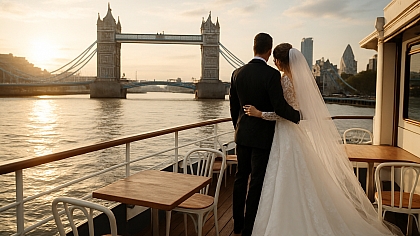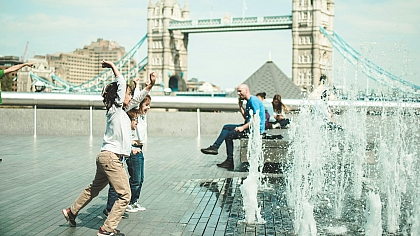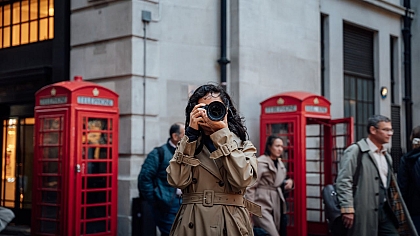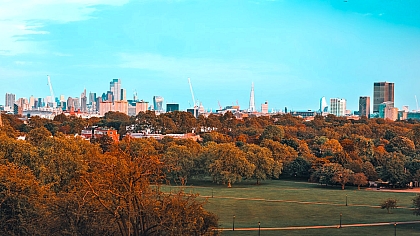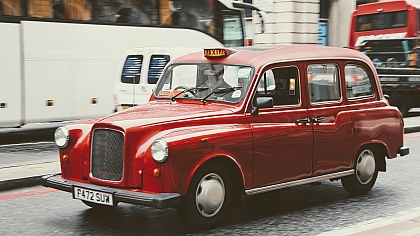
How to Make Digital Art in 6 Steps
Exploring the world of digital art is a fantastic way to express creativity, and London serves as an inspiring backdrop for budding artists. With its vibrant art scene and numerous resources, the city offers ample opportunities to learn and refine your digital art skills.
Begin your journey by gathering essential tools, such as a graphics tablet and software like Adobe Photoshop or Procreate. Consider enrolling in local workshops or digital art classes that provide hands-on instruction and guidance from experienced artists. The plethora of art galleries and exhibitions throughout London can spark inspiration and expose you to various styles and techniques.
As you practice the six essential steps to creating digital art—conceptualization, sketching, outlining, colouring, detailing, and finalizing—you’ll find that London’s artistic atmosphere enhances your learning experience. By immersing yourself in this creative community, you’ll develop your unique style and connect with fellow digital artists eager to share their passion.
Digital illustration offers unparalleled freedom for creative expression and experimentation. Unlike traditional drawing methods, creating striking images is easier using digital tools, including ready-made brushes, gradient backgrounds, and realistic patterns.
Even if you're new to digital drawing, you can produce visually appealing artwork that has the potential to be sold on specialized platforms.
Creating digital art is an exciting process that allows artists in London and around the world to unleash their creativity using digital tools and techniques. To make digital art, start by choosing your preferred software, such as Adobe Photoshop or Procreate, which offer a wide range of brushes and effects to experiment with. Next, sketch out your ideas using a digital tablet or touchscreen device, refining your composition and colour palette until you achieve the desired look.
London-based artists can draw inspiration from the city's rich cultural heritage and vibrant arts scene, incorporating elements of urban landscapes or historical landmarks into their digital artwork. Once satisfied with your design, add details and textures to bring depth and realism to your piece, then finalize it by adjusting lighting and contrast to enhance visual impact.
With practice and exploration, creating digital art in London becomes a rewarding journey of self-expression and innovation in the digital age.
Learn what differentiates digital art from other types of visuals, explore techniques to make HD illustrations and discover how to monetize your work online. Keep on reading!
What is digital art?
Digital art encompasses images created using electronic devices like PCs, tablets, and smartphones. For example, these can be iPhone sketches or full-fledged illustrations made in Photoshop. Creating digital art is reminiscent of classic drawings, but on a virtual canvas. If necessary, you can produce physical prints of your pictures or share them on online platforms.
Digital art creation techniques are different from classic drawings in terms of simplicity. With software, you can quickly edit and improve your illustrations, collaborate with other creators, and apply ready-made graphic materials. Digital drawings also eliminate the need for starting from scratch in case of mistakes or changes in your vision.
Types of digital art
Digital artwork can be produced in various forms, some of which are:
- Vector illustrations—images made of simple geometric shapes, lines, and curves. These visuals are created in vector-based software like Adobe Illustrator and Inkscape.
- 2D digital painting—flat pictures created with digital strokes and brushes. The process resembles traditional drawing, where you must opt for pressing force, specific hatches, and brush softness. For such purposes, digital creators use Adobe Photoshop and Corel Painter.
- 3D modelling and rendering—implies creating three-dimensional objects in specialized software, e.g., Blender and Autodesk Maya. The process resembles sculpting, where you can create realistic characters and household items.
- Digital comics and manga—graphic novels represented in visual form. Such illustrations are sequences of events described through visuals and dialogues. Digital artists create these stories using tools like Clip Studio Paint or Procreate, incorporating specialized features for creating panels, speech bubbles, and dynamic scenes.
- AI art—visuals generated by artificial intelligence based on your textual input. For example, you can instruct an AI system to create an eye-catching logo for your brand that represents innovation. Popular AI generative models are DALL-E 2 and Midjourney.
- Digital photography—pictures captured on digital cameras or smartphones and preserved in local computer storage or online. You can manipulate these images in editing software to enhance their overall look.
- Digital collage—a combination of several pictures in a single composition. For example, you can create a collage from your vacation photos using editing software or online tools.
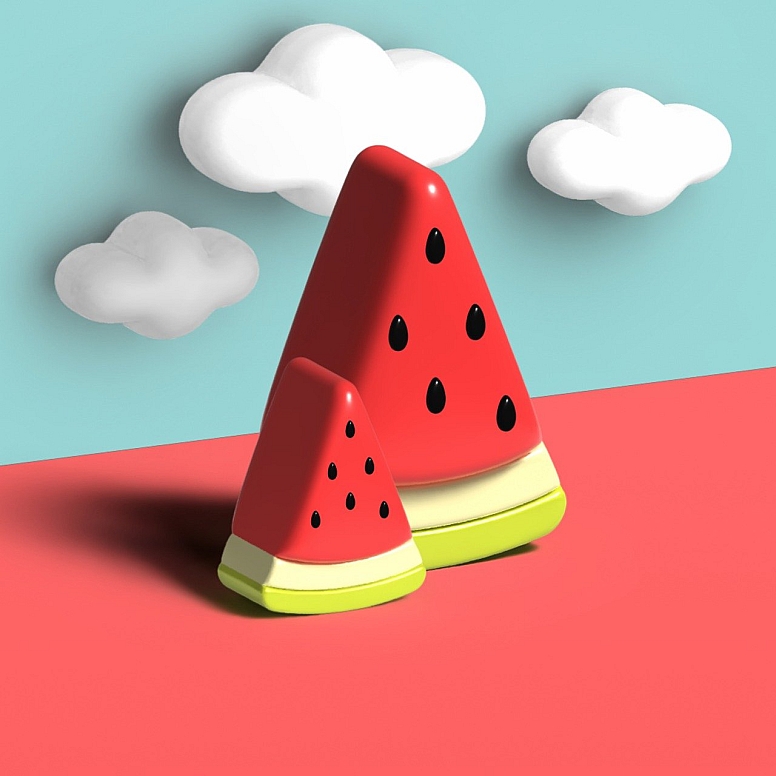
How is digital art created?
There is no golden rule for creating amazing digital art since each creator possesses a unique style, perspective, and creative process that distinguishes their work from others. Nonetheless, the overall process can look like this:
- Getting to know the software. First, define what type of digital art you want to work with and choose software to make it. Before you start creating, familiarize yourself with the functionality and available options.
- Gathering references. To shape your final image, study the works of other artists, e.g., photographs, character poses, and mood boards. You will gain valuable insights and inspiration that contribute to the overall vision of your artwork.
- Sketching. Using gathered references, make a preliminary drawing of your future art. You can experiment with different drawing styles and ideas.
- Drawing and painting. Once your sketch is ready, process it into a complete composition. If you're working with vector illustrations, this step involves polishing shapes and applying textures. For 2D digital paintings, you can use various brushes, pens, and tools to add details to your final image.
- Picture enhancement. In this step, you should reassess your final image and enhance its quality. You can apply different filters, adjust the colour palette, or add realistic textures. Chosen hues can impact the perception of your illustration. For example, if you're going for a futuristic aesthetic, try a neon colour palette. Neon shades offer a broad spectrum of colours, providing space for creativity. Neon indigo or green colour palettes can be a good choice for noteworthy digital art.
- Saving and importing. After finalizing your work, you should save the final image on your device. Note that you must keep files in formats native to the editing software if you want to be able to edit the visuals in the future. For example, Adobe Illustrator files should be saved in AI format.
Websites to sell digital art
Digital creators can leverage various online platforms to monetize their work and generate additional income. You can upload your digital art for sale on stock content marketplaces like Depositphotos or Creative Market.
These platforms provide beginner-friendly opportunities to reach an international audience, connect with potential buyers, and turn your artistic endeavours into profitable ventures.
The monetization process typically looks like this:
- Content submission. Choose a stock content marketplace and create a contributor account there. Some platforms might require you to pass a test where the site's content admins review your visuals for technical requirements regarding resolution, format, and file size. After your content passes a quality check, you can upload more artwork to the online library.
- Adding descriptions and tags. Write engaging descriptions for each artwork explaining what it depicts and highlighting its unique features. Using relevant tags or keywords will enhance your content discoverability.
- Creating an extensive portfolio. Ensure you provide a diverse range of artworks catering to various preferences and needs. This will increase your chances of attracting a wider audience and potential buyers. By continuously adding new pieces to your portfolio, you keep your content fresh and engaging, demonstrating your commitment to delivering HD digital art that resonates with different viewers.
- Getting royalty payments. Most stock platforms offer content under a royalty-free or commercial license. With each sale of your digital artwork, you receive a percentage of the revenue, reflecting the value of your creative contribution to the platform's marketplace. The exact percentage can depend on the number of visuals sold; the more your files are purchased by users, the greater your royalty payment gets.
Since digital illustrations are made in software, it's easier for beginner creators to acquire this craft. You don't need to master classic drawing techniques like blending and hatching, and image editing is quick and straightforward.
You can utilize built-in brushes, make adjustments in a couple of clicks, and apply realistic textures. Moreover, digital art creation can be a rewarding experience that allows you to monetize your efforts.


